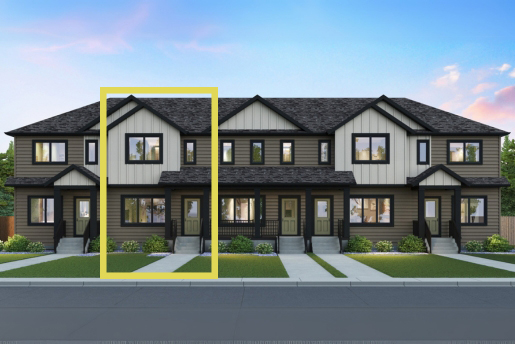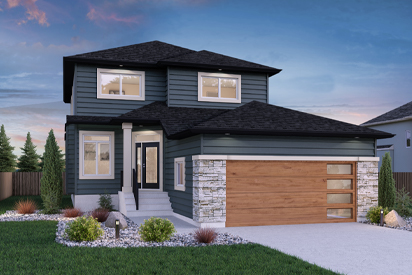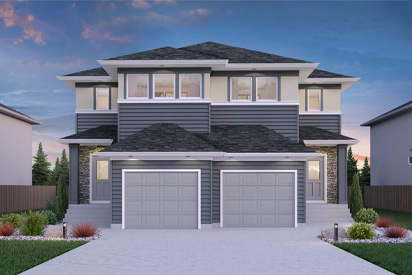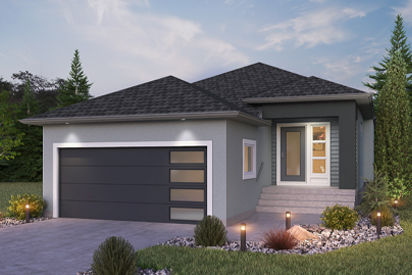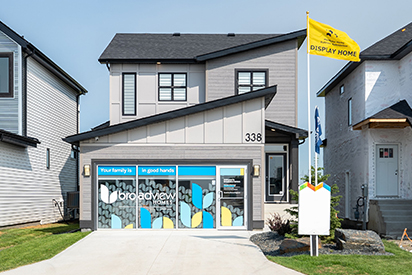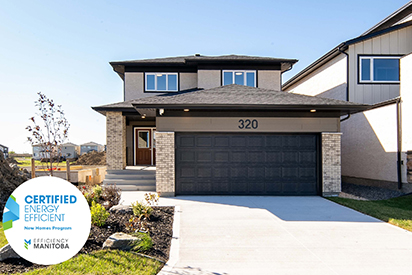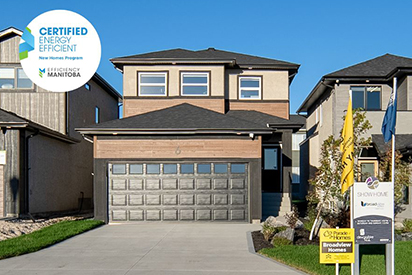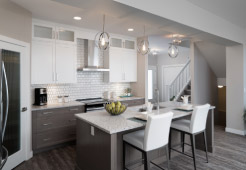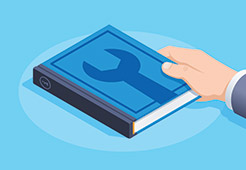How to Determine What’s Affordable When Applying for a Mortgage

 Everyone wants to purchase a home that’s affordable, but this can mean different things to different people. It’s sometimes hard to estimate what you can really afford, but with a thorough understanding of what banks are looking at, you can make the right decisions for your family.
Everyone wants to purchase a home that’s affordable, but this can mean different things to different people. It’s sometimes hard to estimate what you can really afford, but with a thorough understanding of what banks are looking at, you can make the right decisions for your family.
Our guide is designed to present information in a way that’s easy to digest, but everyone has a different situation. You should always talk to a lender before house hunting and your specific questions are best directed to a qualified mortgage lender.
Understanding the Mortgage Payment
If you’ve ever taken out a car loan or a student loan, you probably already understand that your monthly mortgage payments are going to go towards the principal on the loan and the interest payments. However, mortgage payments also include other costs of buying a home, like payments for homeowners’ insurance and property taxes. This often adds hundreds of dollars to the total monthly payment, and if you haven’t been factoring those costs into the equation, you’ve probably been overestimating how much house you can afford.
 The good news is, those figures can be somewhat flexible. Your homeowners’ insurance, for instance, can vary based on the company you use and the coverage choices you make. Higher deductibles can mean lower annual premiums. Brand-new homes also tend to have lower insurance rates because they’re less likely to encounter problems.
The good news is, those figures can be somewhat flexible. Your homeowners’ insurance, for instance, can vary based on the company you use and the coverage choices you make. Higher deductibles can mean lower annual premiums. Brand-new homes also tend to have lower insurance rates because they’re less likely to encounter problems.
However, it does mean that even a fixed-rate mortgage can fluctuate over the years. If there are changes to your property tax rate or insurance premiums, your monthly payment will increase. These are things you should know about mortgages to ensure you're able to weather those changes.
Important Ratios
Banks use a variety of ratios to determine how much they’re willing to lend you. The first is the Gross Debt Service (GDS) ratio. This is the amount of money you’ll pay for the home – the monthly mortgage payment – compared to your monthly income. Banks usually want this figure to be less than 32 percent.
The Total Debt Service (TDS) ratio looks at all your debt. It adds your debt – car payments, student loans, credit card payments – to the monthly mortgage payment and compares it to your monthly income. Banks like to see these costs at less than 40 percent of your income.
The Loan-to-Value (LTV) ratio is how much loan you’re taking out compared to the value of the home. Those who are putting 20 percent down don’t usually have to worry much about this, but if you have a high LTV – meaning you put less than 20 percent as a down payment – you might see higher loan rates and have to pay mortgage insurance.
How the Bank Determines Affordability
Banks primarily use the GDS and TDS to determine how much they’ll loan you. However, it’s important to note they look at your monthly income, not annual income. For many people, the monthly income is simply the annual income divided by 12, but if you work in sales or do contract work, the bank may be  wary of the way your income can vary from month to month. The bank is also not going to factor in annual bonuses or overtime pay in their calculations. If your income falls into these categories, you may qualify for less than you think or could actually afford to pay for.
wary of the way your income can vary from month to month. The bank is also not going to factor in annual bonuses or overtime pay in their calculations. If your income falls into these categories, you may qualify for less than you think or could actually afford to pay for.
Making Your Own Choices
While the bank can be cautious about making their calculations, they don’t really look at the full picture of your spending habits. They don’t count expenses like university or college tuition, luxury vacations, or a lot of spending on entertainment costs. If you have monthly expenses like this, you may want to select a home that’s far below the bank’s maximum amount. Having a mortgage payment that’s well below what the bank thinks you can afford can also make it easier for you to get through hard times like a job loss.
On the other hand, if you know you have a lot of income that’s not included in the bank’s calculations, or if the new home will significantly reduce some of your current costs, you may feel comfortable taking on a higher monthly payment. For instance, if the bank is making assessments based on a single income, but you know that your spouse will be re-entering the workforce in a year when your children are all in school, you have more wiggle room.
Making a Home More Affordable
It’s sometimes disheartening to see how much your dream home can cost, but you don’t want to borrow more than you can comfortably afford. If you’re feeling a bit of sticker shock, there are two main ways to reduce your costs. The first is to make a larger down payment. This might mean that you have to wait another year before you can buy the home, but the lower payments are worth the wait. Be realistic - you certainly want to avoid home buyer's remorse.
You can also look into homes that have smaller price tags. You may think you want a home with more than 2,000 square feet, but if you look at a well-planned 1,700 square foot home, you might see that it has everything you really need. Take some time to explore all of your options. If you're buying your first home, these programs can help.
Taking out a mortgage is a major life decision, and you don’t want to make mistakes. Ask plenty of questions and crunch all of the numbers before making your final choice.
The lender you choose will have a huge impact on how smoothly this process runs; refer to our helpful guide to finding the right lender to learn what to look for.

